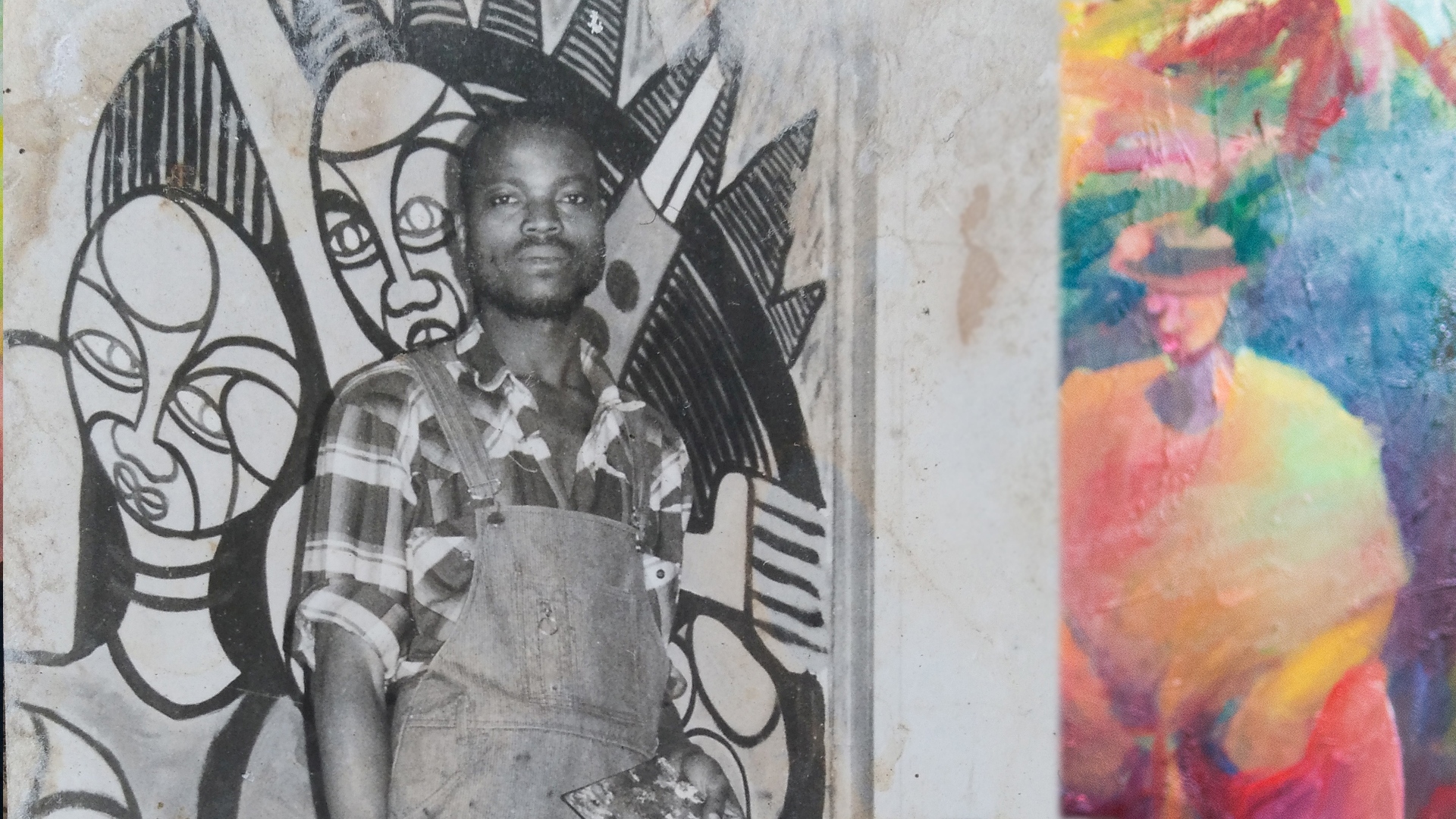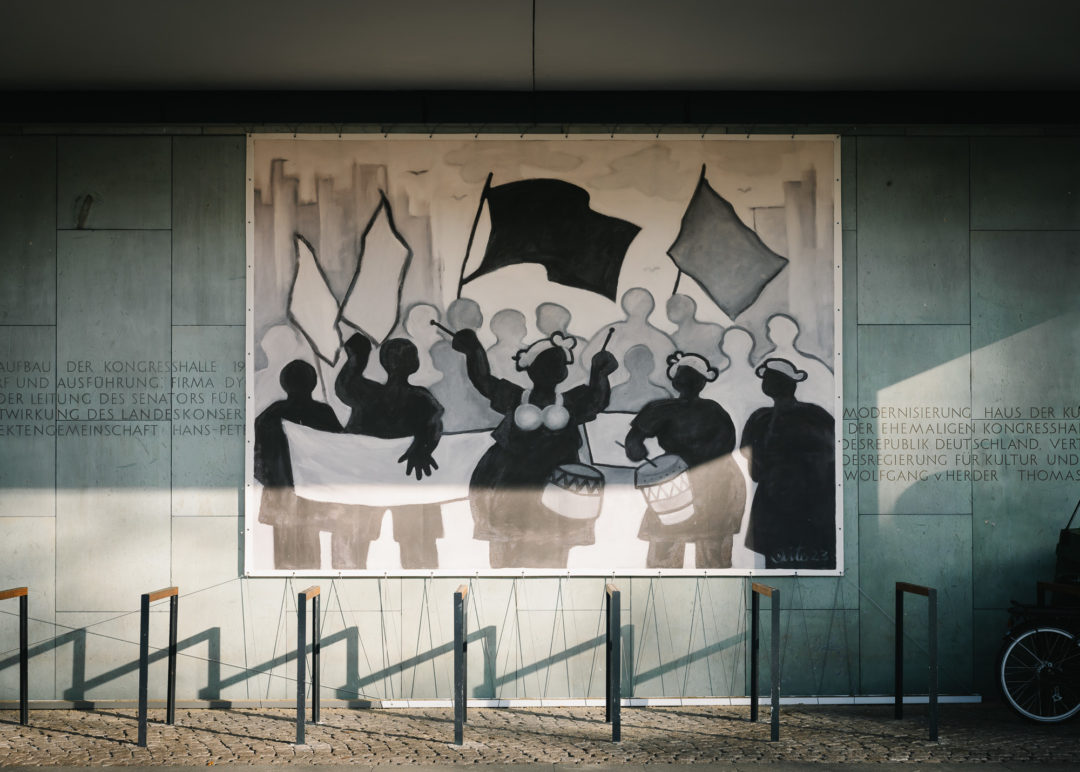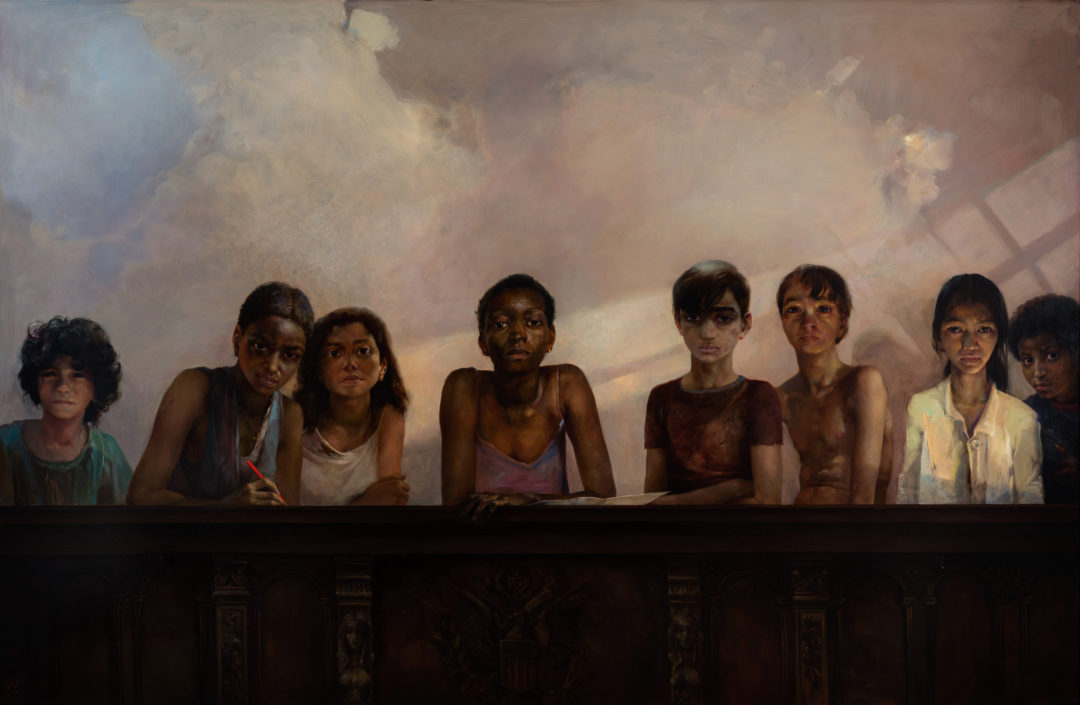Echos der Bruderländer at HKW, Berlin

Echos der Bruderländer, curators: Paz Guevara, Marie-Hélène Pereira,
HKW – Haus der Kulturen der Welt, Berlin, 2 March to 20 May 2024.
In Berlin, the Haus der Kulturen der Welt (HKW) is looking at a little-known aspect of German history: the exchange and migration movements between the German Democratic Republic (GDR) and the Bruderländer, the « sister countries » – the term is used here in a critical light – under the auspices of bilateral agreements. The fruit of three years’ research, Echos der Bruderländer offers a rigorous re-reading of the historical exchanges between the GDR and the allied socialist countries from a contemporary perspective. The exhibition explores the aesthetic, social and political implications of an era from the point of view of those directly affected by the East German state’s labour policy, as well as the younger generation through its legacy. Between 1949, the date of the creation of the GDR, and 1990, the date of German reunification, the self-proclaimed « workers’ and farmers’ state » took in thousands of people from Algeria, Chile, Guinea-Bissau, Angola, Ghana, Vietnam, Syria and Mozambique. Nearly five hundred thousand workers came to fill labour shortages, around seventy thousand students from one hundred and twenty-five countries, and political refugees, most of them young – between seventeen and twenty-five on average – came to the GDR with their own hopes and fears, full of expectations about their future in a country perceived as more developed. But behind the « unified class struggle » and « socialist internationalism », the lives of these migrants conceal another reality: from exploitation at work to cramped accommodation, from surveillance to the restriction of certain freedoms such as the ban on becoming pregnant or having a romantic relationship, from withheld wages to false promises from their government or the GDR, the other side of the coin is often cruel, even if there are local, national and international examples of solidarity.

After the fall of the Berlin Wall and the dissolution of the GDR, the revocation of workers’ contracts and students’ grants condemned many of them to return to their countries of origin, mostly against their will. Those who remained had to contend not only with an upsurge in racist and xenophobic acts, but also with administrative and economic insecurity. « To understand the rise of extreme right-wing tendencies and racism in the territories of the former GDR, as well as structural racism in today’s Germany as a whole, we need to embark on a radical analysis of the history of the GDR and its implications for the seeds of today, » explains HKW director Bonaventure Soh Bejeng Ndikung in the book that accompanies and extends the exhibition.
« Echos der Bruderländer » looks at how these intertwined histories continue to shape the former « sister countries » today, and in particular the lives of those who emigrated under the terms of these bilateral agreements. In so doing, it restores their visibility where official discourse and school textbooks had erased them. The project seeks to understand how these histories are reflected in Germany, but also in the former socialist countries, with the aim of situating these relationships within a global history of movement and cultural exchange.
The language of muralism is very present in the GDR. César Olhagaray (born 1951 in Santiago de Chile, lives and works between Dresden and Santiago de Chile) was one of almost two thousand political refugees welcomed by the GDR in the wake of Pinochet’s coup d’état in Chile on 11 September 1973. A member of the Ramona Parra brigade from 1970 to 1973, a group of muralists who became very popular in Chile by transforming the streets in a colourful aesthetic in support of Salvador Allende’s programme, he arrived in Dresden in 1974 and began studying at the city’s Academy of Fine Arts. He went on to create ninety murals, including one in Maputo, Mozambique, as part of a cultural exchange in 1983. No original works by Olhagaray from this period have survived. Outside the building, to the left of the main entrance, the artist has nevertheless recreated « Solidarität », a fresco created in 1986 in a youth centre in East Berlin. It evokes the anti-fascist, anti-war and anti-segregation struggles that characterised the international solidarity movement in the GDR.
After studying textile cultures, the German-Ghanaian artist Zohra Opoku (born in 1976 in Altbörden, Brandenburg, Germany, lives and works in Accra, Ghana) turned her attention to collage and photography. Born of a German mother and a Ghanaian father, she explores, through her singularities, her relationship with Ghana and West Africa, and more generally her diasporic condition. Here the artist revisits her ‘self-portraits’ (2015-16), presenting them in a series of eight flags arranged along the Anna Seghers garden leading to the HKW. Far from being simply a classic representation of the self, they reveal the complex question of identity that the artist links to the land rather than the country.
After studying animation at the Instituto Nacional de Cinema in Maputo and piano at the Casa da Cultura do Alto Mae in Mozambique, Dito Tembe (born in 1960 in Maputo, where he lives and works) went to the GDR in the hope of a better future, escaping the civil war raging in his country. He left not as an artist but as a contract worker, living in Schwerin from 1985 to 1989. During these four years, he continued to paint in his spare time, describing his daily life in his new country but also the nostalgia of a life left behind. The series of drawings entitled « Madgermanes » (2017) – literally « made in Germany » in Tsonga, the term used to describe the more than twenty thousand Mozambican workers in the GDR between 1979 and 1991 – recalls the fresco he painted in 1987 on the wall of the dormitory he shared with other Mozambican workers, which has since been destroyed. This reconstruction of the mural, thirty years after the original, puts the spotlight on the African migrant workers, placing them in the context of the history of the GDR, of which they were an integral part, and which erased them, demanding in particular compensation, after thirty-three years of waiting, for the salary deductions they suffered, a situation from the past that remains unresolved to this day.
The multi-channel video installation « Visual Voices in Disremembered Histories » (2024), commissioned especially for the exhibition from the German artist Verena Kyselka (born in 1957 in Erfurt, where she lives and works), brings together a number of interviews with former contract workers, students and other witnesses to the period who came to the GDR from Angola, Mozambique, Cuba and Vietnam and, for the most part, remained in Germany after unification. In so doing, it opens up a space of memory shaped by post-migration knowledge.

In Das Jüngste Gericht [The Last Judgement] (1987), the Berlin artist Christoph Wetzel changes the perspective by depicting eight children from Congo, Chile, Ethiopia, Lebanon, Palestine, Nicaragua and Vietnam, leaning determinedly against a judge’s bench, while visitors find themselves in the position of the accused. The work addresses the issues of racialised violence and the labour exploitation of people from ‘sister countries’. It comes from the Breeskow Art Archive, which, with its collection of twenty-three thousand conserved objects, most of which were purchased by the GDR Cultural Fund and displayed in public buildings, is an important documentary source on the cultural history of the GDR.
Olu Oguibe’s three flags, originally created for « O Quilombismo », the HKW’s inaugural exhibition last year, are back on the institution’s terrace, where they can be seen from the nearby government district. The colours black, red, gold and green are poetic references to the Pan-African flag, the flag of the First Nations and the German flag, with black representing the people, green the land, red the blood of the African peoples shed during slavery and colonisation, and yellow or gold the stolen wealth. The letters DDR, standing for « Decarbonize, Decolonize, Reparate (Rapatriate or Rehabilitate) », are embroidered on the flags and give the ensemble its title.
From Angela Ferreira, born in Maputo while Mozambique was still under Portuguese colonial rule, to Kiluanji Kia Henda, whose multidisciplinary practice is strongly influenced by growing up in war-torn, post-independent Angola, the artists exhibited here all have a relationship with exile. Yet in the collective imagination, when we talk about migration and East Germany, we think of the movements of people who left the GDR for Western Europe. Few people are aware of the voluntary migration to the GDR from the south. « What is the price of memory and what is the price of amnesia? This question is the subtitle of the exhibition, which will be extended by performances, a series of workshops, an educational programme, publications and even a podcast, highlighting these intimate stories that have been erased from history. « We don’t want to tell these stories only from the point of view of the HKW and Germany, » explain Paz Guevara and Marie-Hélène Pereira, the exhibition’s curators. Other workshops and research projects are being carried out in Cuba, Algeria, Angola and Ghana. These different approaches are creating a shared space for remembrance, dialogue and reflection on transnational solidarity and contradictions. At the intersection of memory and oblivion, ‘Echos der Bruderländer’ resurrects the forgotten history of migrants who came to live, work and pursue their dreams on the other side of the Iron Curtain.
______________________________________________________________________________
Head image : Verena Kyselka, Stimmen von Künstler:innen [Voices of artists] (2023), film still showing Dito Tembe in Schwerin in 1986 © VG Bild-Kunst, Bonn 2024
- Publié dans le numéro : 108
- Partage : ,
- Du même auteur : Camille Llobet, Après la fin. Cartes pour un autre avenir, Wolfgang Tillmans, Bergen Assembly, Aline Bouvy,
articles liés
Performa Biennial, NYC
par Caroline Ferreira
Aurore Bagarry
par Patrice Joly
Camille Llobet
par Guillaume Lasserre